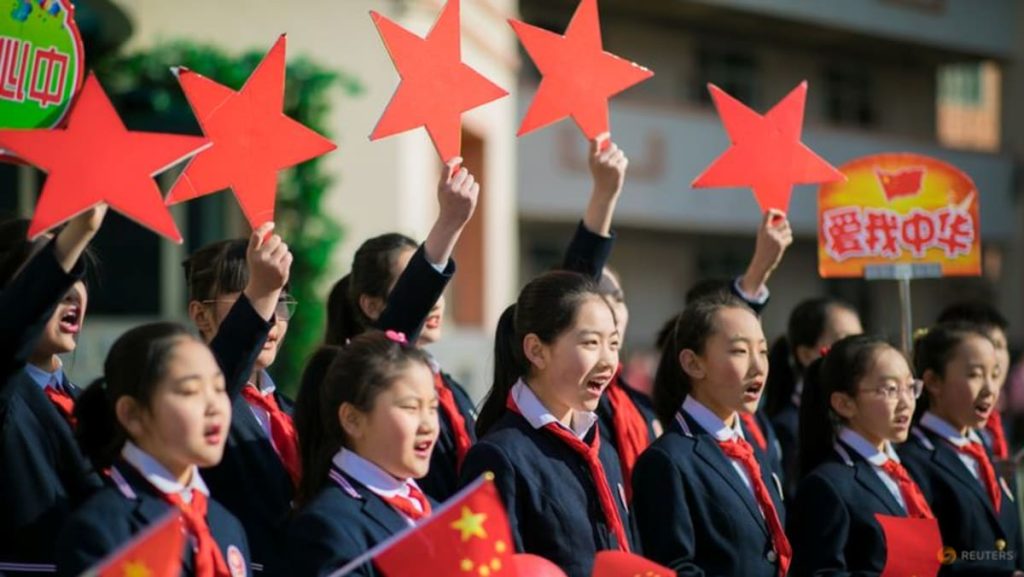China’s declining birth rate and the socioeconomic pressures contributing to it have prompted the government to unveil a comprehensive education reform plan with ambitious goals for 2035. This plan, aiming to establish China as a global education powerhouse, seeks to address multiple challenges facing the education sector while indirectly tackling the demographic crisis by alleviating the financial burdens associated with raising children. The high costs of childcare and education, coupled with economic uncertainties, have deterred many young Chinese from starting families, a trend the government hopes to reverse through these reforms. The plan’s multi-faceted approach encompasses free education expansion, enhanced higher education opportunities, and improvements in student well-being, rural education, and early childhood care.
A key element of the plan is the exploration of expanding free education. This move, if implemented effectively, could significantly reduce the financial strain on families, making parenthood a more attractive prospect. The proposal recognizes that the current costs associated with education, from kindergarten through university, represent a substantial barrier for many young couples. By gradually expanding the scope of free education, the government aims to make quality education more accessible and affordable, thus encouraging higher birth rates and fostering a more equitable society. This initiative is particularly crucial in a country where education is highly valued and seen as a pathway to social mobility.
Beyond financial considerations, the plan prioritizes the holistic development of students. It emphasizes physical health, mandating at least two hours of daily physical activity for primary and secondary school students. This measure aims to combat the rising rates of myopia and obesity, prevalent issues among Chinese youth. Furthermore, recognizing the importance of mental well-being, the plan advocates for the popularization of mental health education and the establishment of a national student mental health monitoring and early warning system. This aspect of the plan underscores a growing awareness of the significance of mental health in education and signals a shift towards a more comprehensive approach to student development.
Addressing the disparities between urban and rural education is another critical component of the plan. The government acknowledges the need to improve the operating conditions of small-scale rural schools, recognizing that these institutions often lack resources and qualified teachers. Improving rural education is vital not only for promoting educational equity but also for driving economic development in rural areas. Furthermore, the plan seeks to enhance the care system for children with disabilities and those from migrant families, demonstrating a commitment to inclusivity and ensuring that all children have access to quality education, regardless of their background or circumstances.
The expansion of preschool education is another significant aspect of the plan. By steadily increasing the supply of kindergarten places and enhancing the accessibility of preschool education, the government intends to lay a strong foundation for children’s future learning. Early childhood education is widely recognized as crucial for cognitive and social-emotional development, and this initiative aims to provide more children with access to quality early learning experiences. This is particularly important in China’s rapidly changing social landscape, where early childhood education can play a vital role in preparing children for the challenges and opportunities of the 21st century.
In summary, China’s 2035 education reform plan represents a comprehensive strategy to address the country’s demographic challenges and strengthen its position as a global leader in education. By focusing on affordability, holistic student development, bridging the urban-rural divide, and expanding access to early childhood education, the plan aims to create a more equitable and robust education system. The success of this plan will not only contribute to China’s economic and social development but also serve as a model for other nations grappling with similar demographic and educational challenges. The government’s commitment to investing in education underscores its recognition of education’s crucial role in shaping the future of the nation. The plan’s ambitious goals and multifaceted approach reflect a deep understanding of the complex interplay between education, economic growth, and societal well-being.

